
As we approach the doldrums of winter at year’s end, I wanted to shed some light on a practice that can provide warmth and health to both our bodies: sauna exposure.
There are two types of saunas: wet sauna and dry sauna. Wet saunas (temperature = 70–100 degrees C; humidity <50% – think Florida Gulf Coast) are specifically designed to increase thermal stress using high humidity to reduce evaporative cooling. In contrast, dry saunas (temperature = 80–90 degrees C; humidity = 10–20% – think Mojave Desert) are typically made of wood using an electrical heater (the subject of most research trials).
Research support for sauna use
A recent article authored by a research colleague of mine investigated 100 different publications on sauna use. He found an overwhelming amount of evidence suggesting that sauna bathing as a practical and alternative intervention to prevent cardio-metabolic diseases. This intervention appeared to be particularly effective for those in high-stress occupations (ex. Soldiers, firefighters, paramedics, police officers, etc.). It is known that several markers of physiological stress (ex: cortisol, endorphins, and adrenocorticotropic hormone) respond in a highly variable manner to acute heat exposure. Indeed, just two 15-minute dry sauna sessions a day may increase growth hormone release by 500 percent!
Acute (≤3 days) and chronic (>1 week) sauna bathing has shown various health benefits such as improving respiratory function, markers of cardiovascular health, and lipid profiles, as well as increasing overall longevity for chronic users. The immediate benefits of sauna use can include vasodilation, an increase in caloric expenditure, removal of toxins via sweat, and a reduction in cellular inflammation. Over the long term, this could lead to a reduction in blood pressure, and a strengthened immune system to fight infections (and possibly even long-term diseases such as cancer, atherosclerosis, and Type 2 diabetes).
Suggested strategies for sauna use
For individuals interested in implementing sauna bathing into their daily routine, observational data suggest sessions initially lasting at least 10 min that should be prolonged to 15 min two–three times a week, to induce the process of acclimation and begin seeing benefits such as a reduced risk of sudden cardiac death, lowered blood pressure and resting heart rate, and an improvement of arterial compliance.
Following six–seven sauna bathing sessions, the duration of each session can increase in increments of 5 min every 2–3 days, until a timeframe of 45 min is reached (research shows no meaningful health benefits beyond this duration). It is assumed that temperatures less than 70 ◦C may not be sufficient to induce a hormonal effect, while temperatures greater than 100 ◦C would likely cause cellular protein damage.
Precautions for sauna use
Although regular sauna use is known to improve the markers of heart disease as well as reduce symptoms of depression, both medication use and alcohol consumption can have severe detrimental and potentially fatal effects if combined concurrently with sauna use. Therefore, alcohol consumption should always be avoided when using a sauna, and any individual taking medication should consult with their primary physician before incorporating sauna bathing into their daily routine. Furthermore, any type of exercising in saunas should be avoided, as it would likely result in an increase in stress hormones and severe dehydration – on top of producing unnecessary health risks in an already extreme environment. However, it is important to realize that many other different type of heat therapies – like hot yoga, infrared saunas, hot springs, or even a warm bath – that boost your body temperature are likely to decrease the effects of aging by reducing chronic stress – and at the same time contribute to greater overall longevity and health. I would like to credit Dr. Mark Hyman, Dr. Eric O’Neal, and Zach Zemliak, CPMC, for several of the findings expressed in this blog article.
-CHRIS BORGARD
References
Heathcote, S., Hassmén, P., Zhou, S., & Stevens, C. (2018). Passive heating: Reviewing practical heat acclimation strategies for endurance athletes. Frontiers in Physiology, 9(1851).
Henderson, K., Killen, L., O’Neal, E., & Waldman, H. (2021). The Cardiometabolic Health Benefits of Sauna Exposure in Individuals with High-Stress Occupations. A Mechanistic Review. International Journal of Environmental Research and Public Health, 18 (1105).
Kenny, G., Wilson, T., Flouris, A., & Fujii, N. (2018). Chapter 31: Heat exhaustion. Thermoregulation: From Basic Neuroscience to Clinical Neurology, Part II. Vol. 157 (3rd series).
Laukkanen, T., Khan, H., Zaccardi, F., & Laukkanen, J. (2014). Association between sauna bathing and fatal cardiovascular and all-cause mortality events. JAMA Internal Medicine, 175(4), 152-158.
Pryor, L., Johnson, E., Roberts, W., & Pryor, R. (2019). Application of evidence-based recommendations for heat acclimation: Individual and team sport perspectives. Temperature, 6(1), 37-49.
Willmott, A., Gibson, O., Hayes, M., & Maxwell, N. (2016). The effects of single versus twice daily short term heat acclimation on heat strain and 3000m running performance in hot, humid conditions. Journal of Thermal Biology, 56, 59-67.
Zurawlew, M., Walsh, N., Fortes, M., & Potter, C. (2016). Post-exercise hot water immersion induces heat acclimation and improves endurance exercise performance in the heat. Scandinavian Journal of Medicine and Science in Sports, 26(7), 745-754.
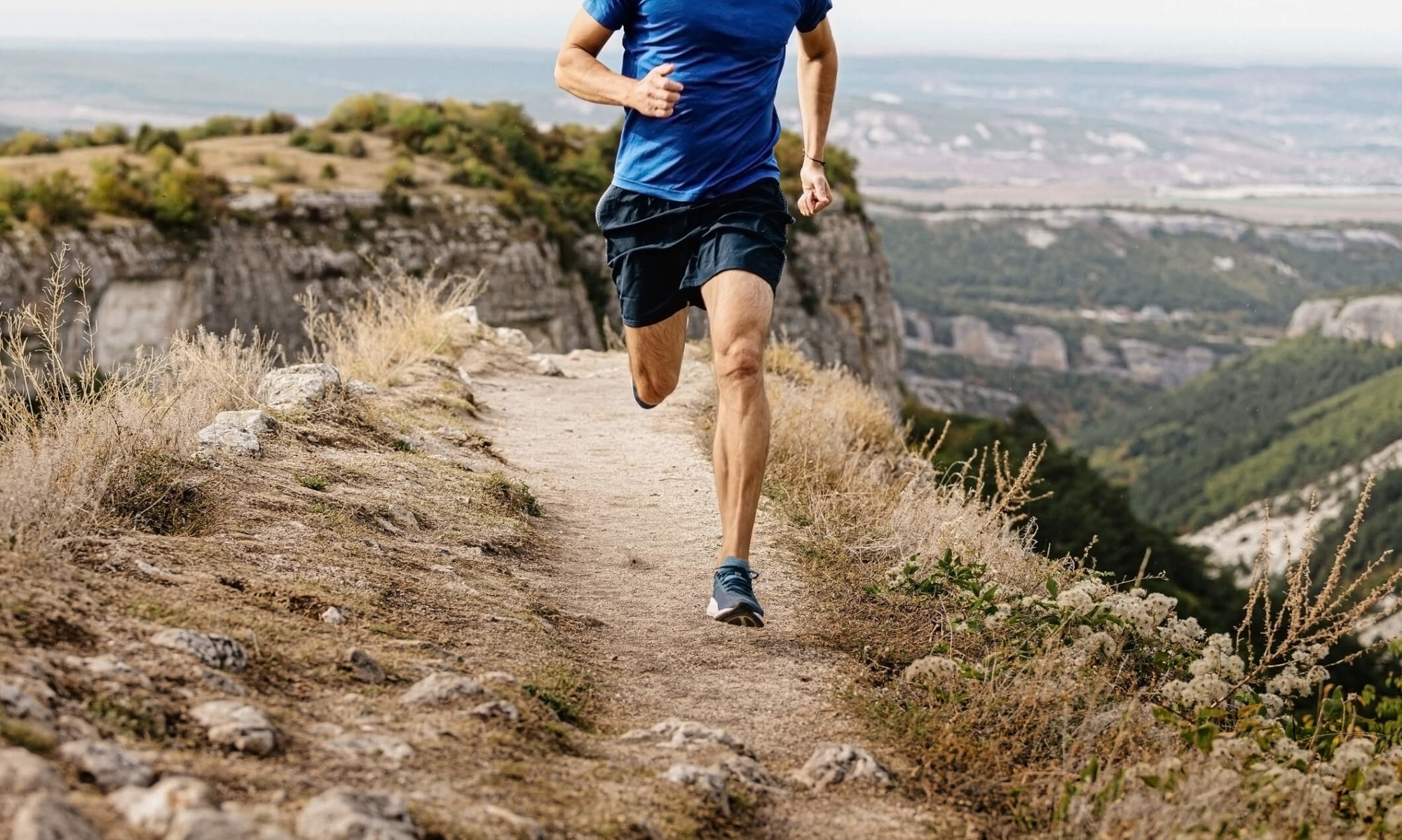
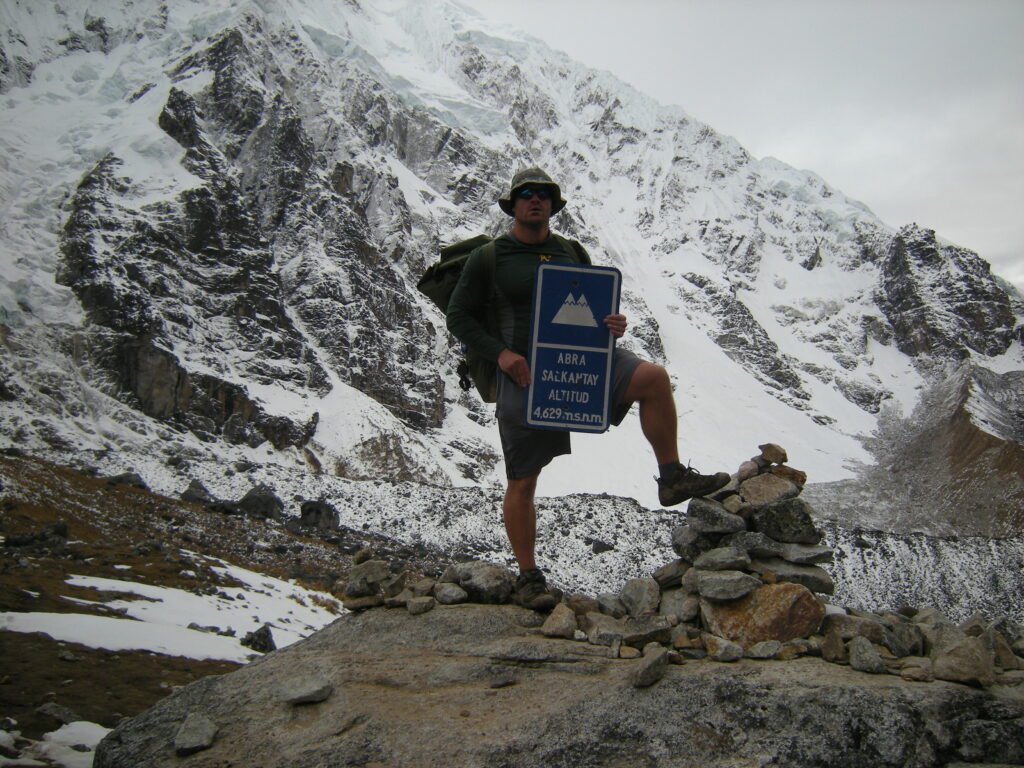
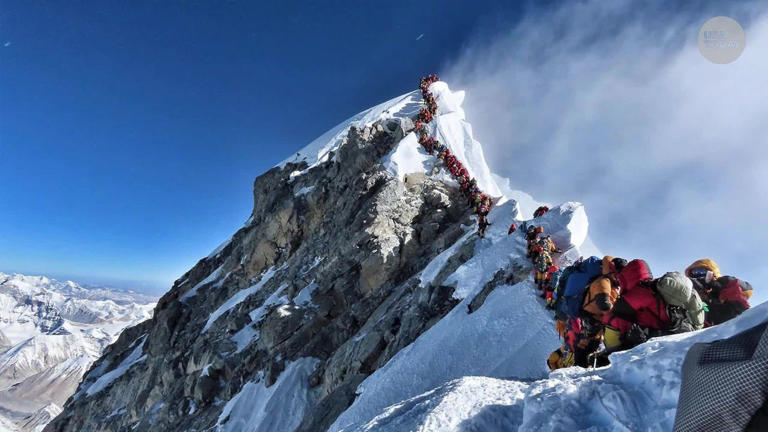
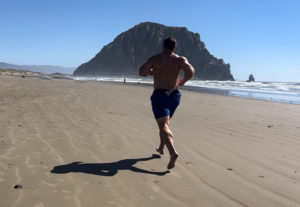










 SLEEP: THE NEXT FRONTIER
SLEEP: THE NEXT FRONTIER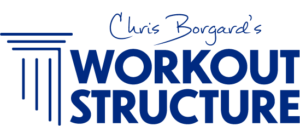
 T.O.P. PROGRAM LOGO
T.O.P. PROGRAM LOGO